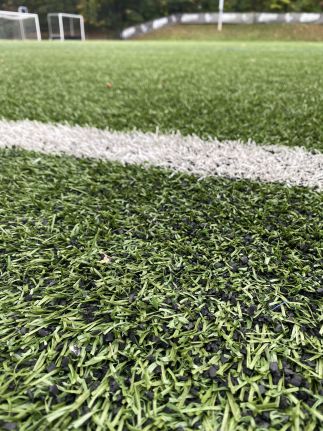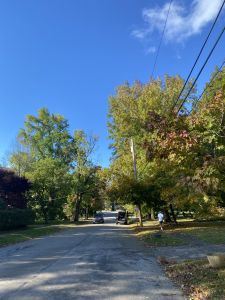
photo: Chris Schaller
Fall of 2021 is the warmest fall ever on record and its seasonal sports will be affected by it.
October is a month of the year where people go to orchards, haunted houses and most importantly, outdoor sporting events bundled up in sweatshirts. That is not the case anymore.
With the fall sports season starting in late- August-early-September, the excessive flooding from Hurricane Ida, impacted practices and games. The overall fall temperature has risen by, two-point-seven degrees since 1970, in the Philadelphia area.
Fall sports historically, in the American North East, are played in temperatures around 55-65 degree weather. The impact of climate change affects the Cavaliers’ outdoor sports that take place during autumn. Adding onto the current fall climate, earlier this semester, sports were affected by unprecedented flash flooding.
As of now, the weather is unseasonably warm, in what traditionally is a cooler month. These abnormal weather occurrences, have an impact on the Main Line, but more specifically Cabrini and their fall sports teams.

Photo: Chris Schaller
“This past Saturday it was very cool, prior to that it got to the point where I had to take players out from heat stroke, so yes global warming is affecting fall sports,” Jackie Neary, field hockey head coach said. It’s more so a continuation of summer practices, taking away from the aura of fall weather during an outdoor sporting event.
Even if the weather fluctuates between it being cold and warm, that still means that climate change has altered the traditional fall weather that this area was once accustomed to.
Artificial turf, such as on the Dixon Field, absorbs the heat from the sun. The turf’s temperature is extremely important to an athlete’s productivity. Over-heating of the turf also increases the risk of injury, including leg and hip maladies. While the turf isn’t as scorching hot as it was during the dog days of summer, for fall, it is still too warm.
The turf will withstand the torrential rainfall as was seen in the Delaware Valley, during the month of September. However it does not condition itself for rising temperatures. When a player’s health is factored into this conversation, then people start to take this situation more seriously and want to know how this can be lessened.
75-80 degree weather in mid-to-late October is not normal. However, that is out of the control of this area and more specifically the components of Cabrini University. “It’s a false positive, you do not expect to go to these games bundled-up when it is 80 degrees,” Elizabeth Nozica-Cashman, environmental science professor, said. Sports fall underneath the category of fall activities and when there are unseasonably warm temperatures during a Cabrini homecoming weekend soccer game, the feel of the atmosphere is ruined.
With sports finally returning to a more normal climate where teams play a normal schedule and fans are in the stands, things seem to be heading back to what it was like in fall of 2019.. The fall weather however will not return to what it once was: cool weather capped off with orange and red foliage and bundling up in sweatshirts at sporting events.



